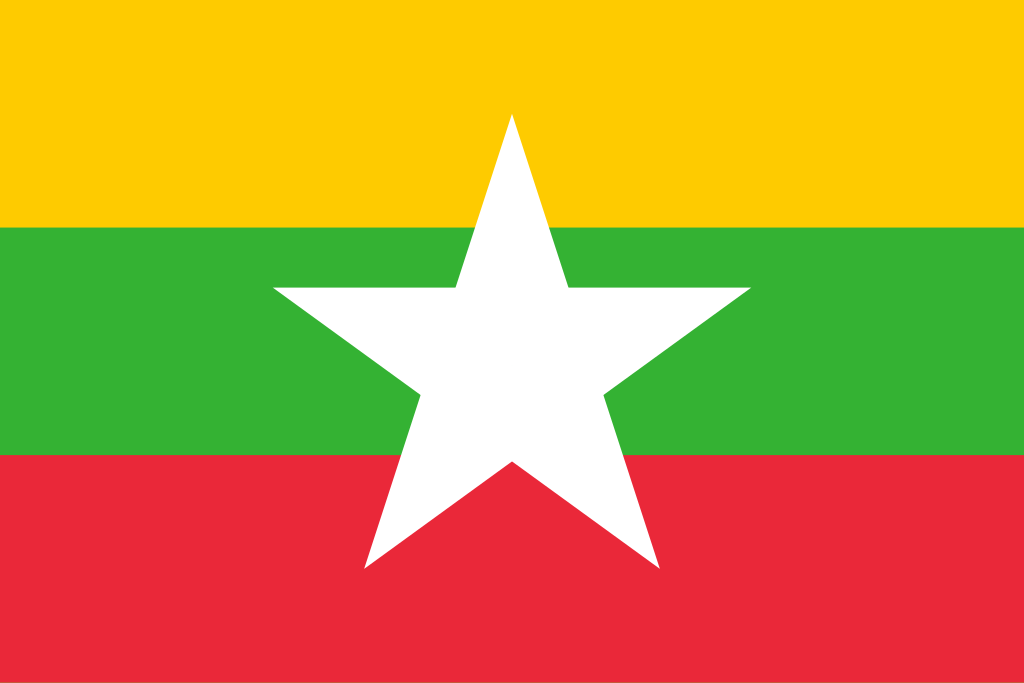Target an Audience of 650 Million with Spanish and Portuguese Translations
As global competition intensifies, companies without a strategy to connect with worldwide customers risk falling behind. Savvy organizations can tap into a combined 650 million potential customers by incorporating Spanish and Portuguese translation into their business strategy. The growing influence and economic power of Spanish and Portuguese-speaking markets presents a significant opportunity for businesses to expand their reach and improve profits. The Economic Influence of Spanish and Portuguese-Speaking Markets The economic power of Spanish and Portuguese-speaking countries continues to rise, offering businesses significant growth potential. Spanish is the most widely spoken Romance language, with approximately 400 million native speakers, making it the second most spoken language worldwide. Portuguese ranks sixth globally, with around 250 million native speakers. Both languages are also recognized by UNESCO as the fastest-growing European languages, signifying a massive opportunity for global brands. Why Spanish Translation? With approximately 400 million native speakers, Spanish is not only widely spoken but also has immense economic influence. The growing Latino demographic in the United States, coupled with its purchasing power, has made it a key market. In fact, U.S. Latinos’ buying power is expected to reach $1 trillion this year. As countries in Latin America, including Chile, Mexico, Colombia, and Peru, continue to grow economically, they present valuable business opportunities. A high-quality Spanish translation can help companies connect with this expanding market, both domestically and abroad. Leveraging the Hispanic Market in the U.S. The Hispanic population in the United States has become a formidable consumer group, and businesses must adapt to effectively reach this demographic. By offering services and products in Spanish, companies can tap into an increasingly influential market. With rapidly growing populations and rising buying power, Spanish translations are essential for businesses looking to engage with the Hispanic community, both at home and in Latin America. Why Portuguese Translation? Brazil, Latin America’s largest economy, has experienced rapid growth over the past two decades. With a population of approximately 190 million people, Brazil presents a huge opportunity for businesses looking to expand into the Portuguese-speaking market. The country’s stable economy, growing middle class, and appetite for imported goods make it a vital market for international businesses. As the only Portuguese-speaking country in the Americas, Brazil’s significance continues to grow, making Portuguese translation essential for companies seeking to gain a competitive edge. The Rise of Brazil and Its Tourism Industry Brazil’s prominence is set to increase further as it hosts the 2014 FIFA World Cup and the 2016 Summer Olympic Games. With these events bringing international attention to the country, Portuguese-to-other-languages translation will be crucial to accommodate foreign athletes, journalists, and tourists. Businesses and organizations targeting Brazil must invest in Portuguese translations to connect with this lucrative market and ensure a successful presence during these major international events. Extending Your Reach: Why Translate for Spanish and Portuguese Markets? By investing in Spanish and Portuguese translations, businesses can extend their reach beyond local markets and target an international audience of 650 million people. Whether you’re looking to attract customers in the United States, Latin America, or Brazil, translating your content ensures you can engage with a large, diverse customer base. Take advantage of the rapidly growing Spanish and Portuguese-speaking markets, and watch your business thrive globally.
Target an Audience of 650 Million with Spanish and Portuguese Translations Read More »











